The design of a learning environment can have a big impact on teaching, learning, and student success. A well-designed environment creates the right conditions for students to flourish—academically, socially, and emotionally. What’s more, school systems can use federal emergency relief aid to develop and equip their learning spaces for maximum effect.
We’ve all had moments of isolation over the course of the pandemic. Can we create learning environments that are more inclusive in nature, that inspire students to learn, and that create safe physical distancing without compromising collaboration and connection?
Yes, we can.
If students are learning in a space they’re excited to be in every day, they’re likely to be more engaged in school. It’s that simple.
Since March 2020, federal lawmakers have passed three COVID-19 stimulus bills that together provide more than $190 billion in emergency relief funding for K-12 schools. The U.S. Department of Education (USDOE) has created the Elementary and Secondary School Emergency Relief (ESSER) Fund to distribute this money to schools.
Spending on learning environments is allowable under at least four specific use cases for ESSER funding, as outlined by federal officials:
1. Improving School Facilities to Reduce the Risk of Virus Transmission.
Construction, renovation, and remodeling projects are allowable uses of ESSER funding, as long as these costs are “reasonable and necessary” to meet the program’s purpose, which is to “prevent, prepare for, and respond to” COVID-19.
“This might include renovations that would permit [a school system] to clean effectively (e.g., replacing old carpet with tile that could be cleaned more easily) or create a learning environment that could better sustain social distancing,” USDOE says. (See “Frequently Asked Questions: Elementary and Secondary School Emergency Relief Programs [and] Governor’s Emergency Education Relief Programs,” May 2021, p. 26.) It also includes construction and renovation projects to improve indoor air quality.
For instance, a school system might use ESSER funds to…
- Build outdoor learning spaces that allow students to learn outside in the fresh air.
- Reconfigure classrooms to create additional space for social distancing.
- Equip hallways, common areas, and cafeterias to support learning, so that students can spread out throughout the building.
- Replace hard-to-clean furnishings and surfaces with versions that are easier to clean.
- Expand storage for safely stowing away cleaning supplies.
- Add water bottle filling stations, handwashing and hand sanitizing stations, etc.
- Replace old windows and doors with versions that seal properly.
- Upgrade ventilation and HVAC systems.
2. Supporting Students’ Social, Emotional, and Mental Health Needs.
Providing support for students’ mental and physical health, as well as meeting their social and emotional learning (SEL) needs, is a key area of focus for emergency relief aid.
School systems can use ESSER funding “to support students’ social, emotional, mental health, and academic needs … by implementing school-wide strategies … as well as targeted assistance for students who need such supports,” USDOE says. School systems “should also work to ensure that schools are implementing instructional practices that are culturally responsive and that incorporate trauma-informed pedagogy in response to the COVID-19 pandemic.” (See “Frequently Asked Questions: Elementary and Secondary School Emergency Relief Programs [and] Governor’s Emergency Education Relief Programs,” May 2021, pp. 29-30.)
A learning environment that is warm, collaborative, and flexible in design, with plenty of seating choices, can support inclusiveness for all learners and help everyone feel safe and welcome.
For instance, the use of stools that rock back and forth can have a calming effect on students, especially those who are sensory seekers. Students with sensory processing issues can also react very differently to different types of fabrics and textures, and giving them many choices helps them find seating that won’t upset them or distract them from learning.
Specialized learning spaces can help students who need more targeted intervention. A calming sensory room offers a quiet space to regroup, which might help students manage their responses to stress or anxiety. A sensorimotor space, or “wiggle room,” provides opportunities for movement, tactile input, and deep touch pressure. Both types of environments can help meet students’ SEL requirements.
3. Addressing Students’ Loss of Instructional Time During the Pandemic.
At least 20% of ESSER III funding must be used to address the academic impact of lost instructional time on students through the use of “evidence-based interventions.” Toward this end, school systems could use ESSER funding to create new learning spaces (or redesign their existing classrooms) to support evidence based approaches to improving student achievement more effectively.
For instance, research shows that students learn better with active, collaborative, and hands-on approaches to learning, rather than just sitting quietly and listening to their teacher lecture. A classroom equipped with furniture that’s flexible and easily movable can be quickly configured to support a variety of student groupings and active learning tasks, while makerspaces, STEAM labs, and other hands-on learning environments can accelerate learning growth as well.
4. Meeting the Unique Needs of Disadvantaged Populations.
Addressing the needs of student populations who have been hit especially hard by the pandemic is another important use of emergency funding. These include students from low-income families, racial and ethnic minority groups, English learners, and students with disabilities.
An inclusive learning environment can help all students learn more effectively, including those with disabilities. For instance, height-adjustable seating and work surfaces create a more comfortable environment for students of all sizes and body types. Environmental factors such as lighting and acoustics also matter.
To maximize students’ ability to focus and learn, schools should use natural lighting wherever possible and avoid using fluorescent lights, which have been shown to increase feelings of anxiety and induce headaches among some people.
Sound amplification systems can help students who are hard of hearing or who have trouble drowning out background noise to focus on what the teacher is saying. Sound-absorbing panels can add color and design to a learning space while cutting down on ambient noise.
Plan for the Future
Think of current and future uses when designing your learning environments. How can you make strategic changes to meet your current needs more effectively during the pandemic, while also making long-term improvements that will pay off over time?
Flexible, agile learning environments are the answer. When designing flexible learning environments that can meet both current and future demands, consider these six key design elements.
Choice: Giving students choices in where to sit and what type of seating to use—a traditional chair, a beanbag chair, a standing desk, or a rocking stool—empowers them for learning, so they’re better able to focus and engage.
Comfort: When students feel safe and comfortable in their environment (the first tier in Maslow’s Hierarchy of Needs), they’re more likely to feel confident in their learning.
Versatility: As we’ve learned over the last 18 months, spaces need to be versatile to meet many needs. If tables are the only seating option in a classroom, then it’s harder to create space between students. Versatility allows teachers to configure their classroom to best suit the activities they have in mind each day.
Connection: Students learn best in collaboration with their peers. When they talk about their ideas with others, they’re exposed to new theories and perspectives they hadn’t considered before. How can you design learning spaces in a way that safely fosters interaction between students, their teacher, and their peers?
Stimulation: Learning spaces should be designed in a way that is stimulating and engaging for students, with plenty of opportunities for thinking and exploration.
Technology: Think of not only the technology required to differentiate instruction, personalize learning, address lost instructional time, and continue remote education as needed—such as laptops or Chromebooks, interactive touchscreens, web cameras, and microphones—but also the IT infrastructure needed to support students’ learning wherever they are, including WiFi hotspots and charging stations.
A Unique Opportunity
The $190 billion in federal emergency relief aid provides a unique opportunity for schools to redesign their learning spaces to support more effective teaching and learning—and School Specialty learning consultants are available to help.
Dr. Sue Ann Highland
Sue Ann Highland, PhD, is the National Education Strategist for School Specialty. She has more than 25 years of experience as an educator, administrator, and consultant with school systems across the United States, with broad expertise in designing and creating highly effective learning environments.
Read more by Dr. Sue Ann Highland–>

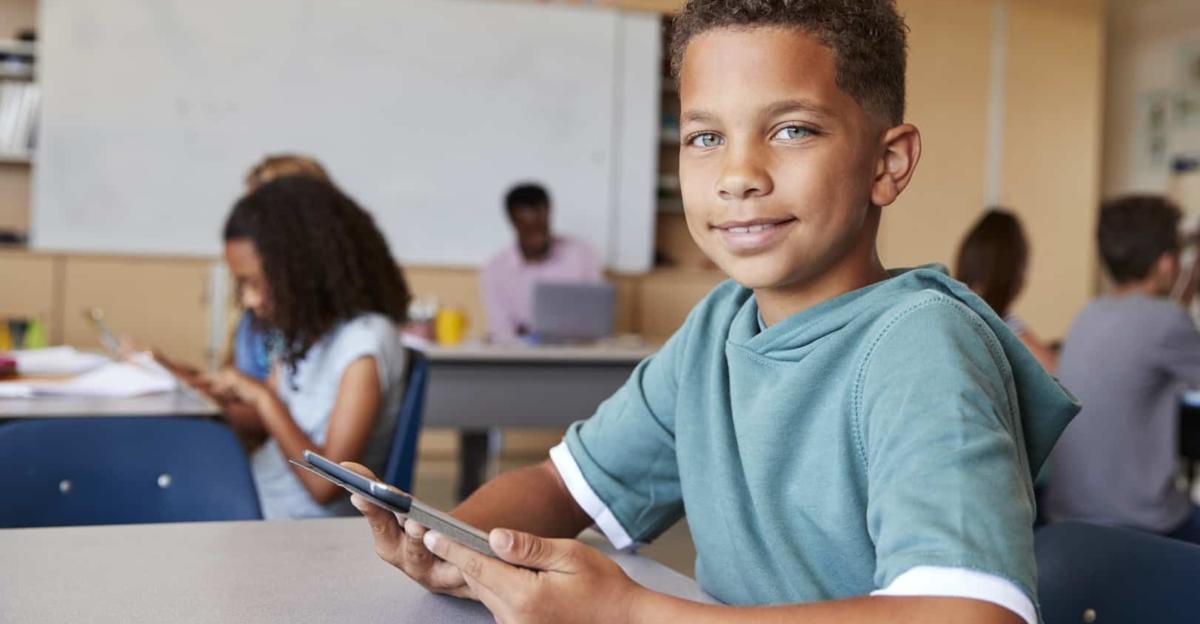

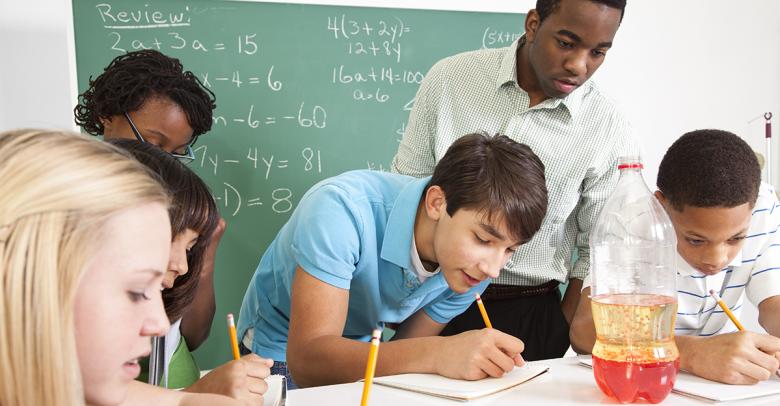
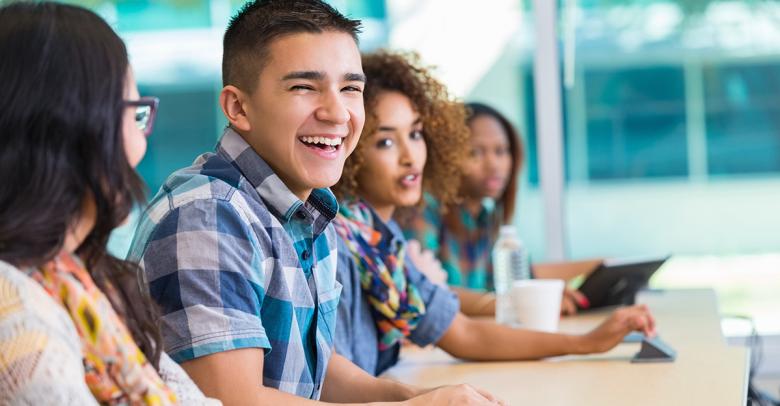
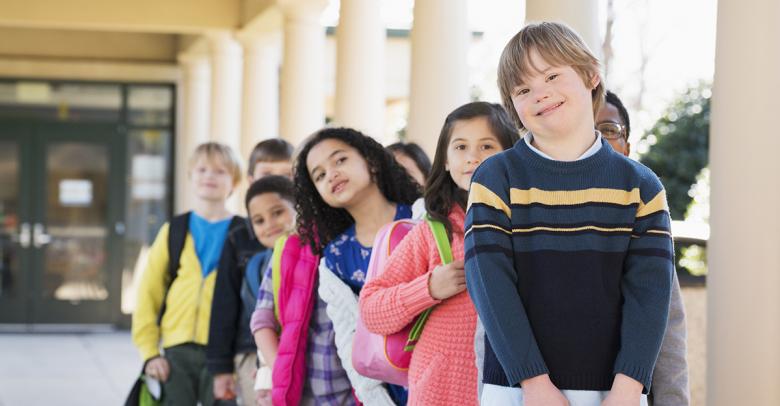
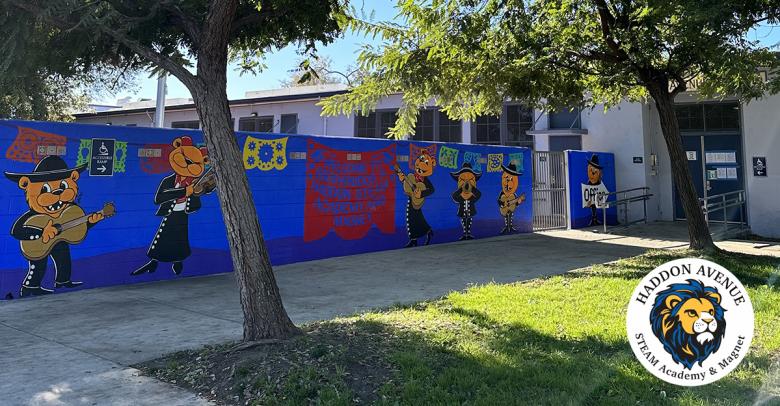
Leave a Reply